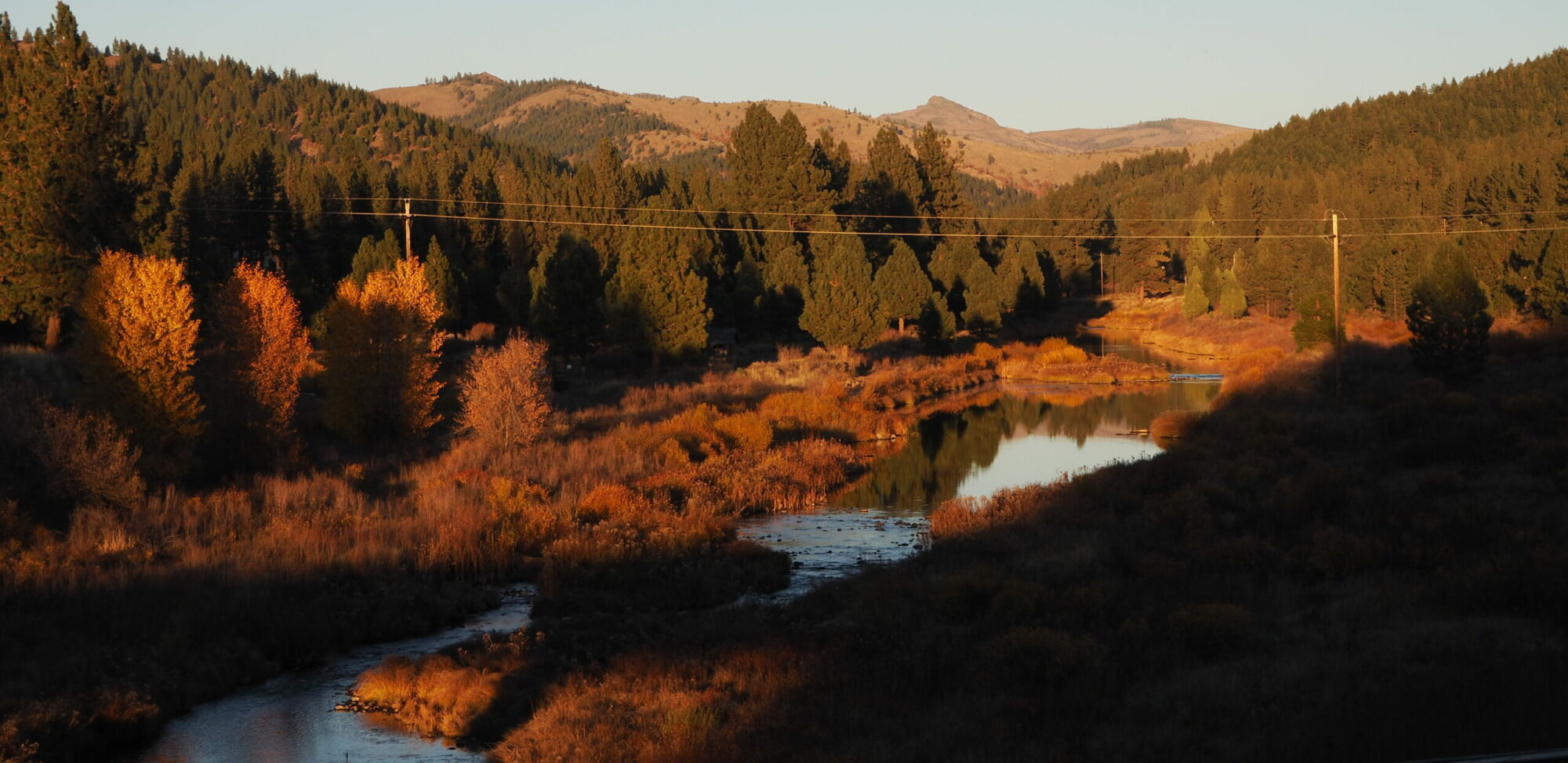 MEDIA ALERT: Climate and Fire Safety-Risking 275,000+ Acre “Community Destruction Project”— Largest Ever Logging Plan in Plumas National Forest Generating Increasing Resistance; Intervention Planned at US Forest Service Office in Quincy, CA Monday Morning
MEDIA ALERT: Climate and Fire Safety-Risking 275,000+ Acre “Community Destruction Project”— Largest Ever Logging Plan in Plumas National Forest Generating Increasing Resistance; Intervention Planned at US Forest Service Office in Quincy, CA Monday MorningQUINCY, CA—The U.S. Forest Service’s $650 Million “Community Protection Project,” the most extreme logging plan in Plumas National Forest history, has been presented as a response to the climate-driven Dixie Fire, yet would emit 6 million tons of CO2 and spray $30 million of herbicides to convert wild forest habitat to tree plantations that are more fire prone.
The fact that not one cent of the $650m of taxpayer money would pay for structure hardening, evacuation planning, or defensible space around structures has riled a growing number of local residents who say the plan is waste of public money and would only put communities at greater risk from faster moving wildfires in the future by causing greater evaporation and wind speeds through the damaged forest canopy.
The Plumas National Forest Central and West Slope Project involves logging and $30 million of herbicide spraying over 275,000 acres of the Plumas National Forest in the Beckwourth, Feather River, and Mt. Hough Ranger Districts in Plumas, Yuba, and Butte and Sierra Counties. Despite recent high intensity fires being linked to the climate crisis, the Forest Service is planning to add to the problem by doubling down on logging and fire suppression that have caused the current crisis. The USFS estimates nearly 6 million tons of carbon dioxide would be released over a ten year period [1], yet claim without evidence that “these emissions would likely be offset.”
In January, Secretary of Agriculture Tom Vilsack invoked a controversial “emergency action” authorization, as laid out under Section 40807 of the Infrastructure Investment and Jobs Act of 2021, targeting up to 45 million acres of National Forests across the western U.S. [4] This so-called emergency logging “shall not be subject to objection under the predecisional administrative review process,” a legal challenge used by environmental advocates to pause or stop destructive projects. [5]
This unprecedented scale of logging is inconsistent with President Biden’s executive order to protect old growth forests. It would release an estimated 4 gigatons of carbon dioxide (90 tons of CO2 released per acre), the equivalent of 635 coal plants and greater than the entire U.S. emissions goal of 3.3 gigatons for 2030. [6]
According to Josh Schlossberg of the Eco-Integrity Alliance, one of the groups opposed to the plan, “Despite one-sided and often inaccurate media coverage, industry/agency claims of ‘overgrown’ forests, ‘unusual’ high-severity wildfire, and the efficacy of ‘wildfire risk reduction’ logging have been debunked by countless studies in peer-reviewed journals from independent scientists.”
Indeed, these studies (not funded by agencies with conflicts of interest proven to intentionally exclude scientific data) conclude that western forests prior to fire suppression did grow densely, did experience high-severity wildfire, and that not only won’t logging stop large wildfires, it can make them burn hotter and spread faster by opening forests to sunlight and wind. [7][8]
Yet, contrary to this science, “wildfire risk reduction” logging—which includes clearcutting mature and old-growth trees—is being justified as an “emergency” to supposedly address “threats to natural resources” and “hazards threatening human health and safety.” The scientific consensus is that hardening homes—measures such as installing metal roofs and maintaining defensible space up to 100 feet around structures—are the only thing that actually prevents structure losses in a wildfire. Research has shown that nothing done beyond 100 feet makes any difference to the survivability of homes. [9]
“The central cause of recent high intensity wildfires is the worsening climate crisis [10], caused by deforestation, which the Forest Service now wants to ramp up,” says Portola, CA-based Feather River Action!. “Their plan would devastate biodiversity, increase carbon emissions, damage crucial carbon sinks, and turn forests into dried out tree plantations, making extreme wildfires like the Dixie more—not less threatening to communities. We demand the USFS halt this dangerous and destructive project immediately.”
Event details: Monday November 13th 8:30am, US Forest Service HQ 159 Lawrence St. Quincy CA Visuals include local residents holding signs, ‘carrying out necessary safety and health-related “Forest Service management,” bullhorns and plenty of local forest policy controversy..
[1] https://www.fs.usda.gov/project/plumas/?project=62873
[2] https://www.fs.usda.gov/project/?project=61355
[3] https://usfs-public.app.box.com/v/PinyonPublic/file/1201186672813
[4]
https://www.congress.gov/118/meeting/house/115437/witnesses/HHRG-118-AP06-Wstate-MooreR-20230323.pdf
[5] https://www.congress.gov/117/plaws/publ58/PLAW-117publ58.pdf
[6] https://irp.cdn-website.com/0358d1eb/files/uploaded/Version-2.0-JMP-ReportRFS.pdf
[7] https://www.mdpi.com/2571-6255/6/4/146
[8] https://botanicgardens.uw.edu/wp-content/uploads/sites/7/2022/03/Prichard_etal_2021_10CommonQuestions.pdf


One Reply to “Due to Climate Emergency, Essential US Forest Service Management Activities to be Carried out Monday”